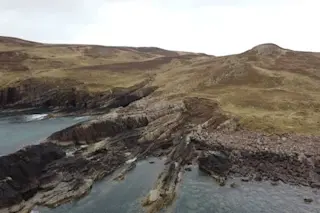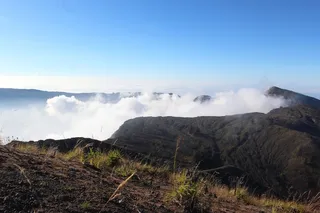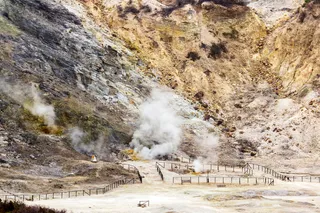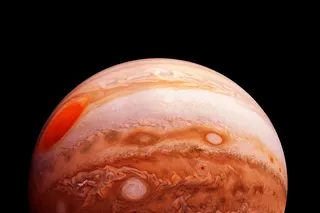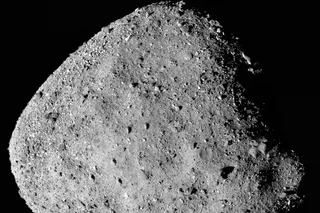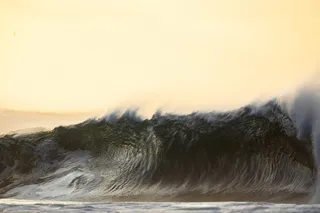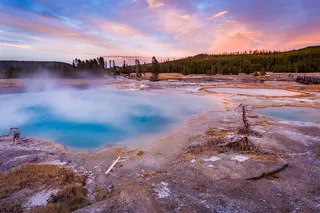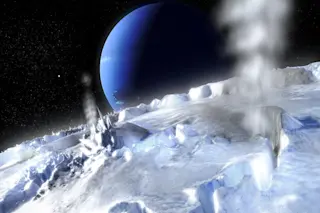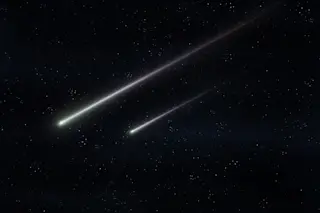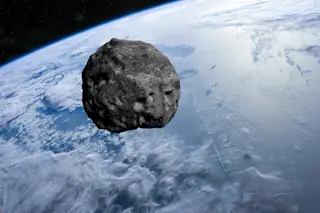A meteorite that struck northwestern Scotland about a billion years ago may have collided 200 million years later than initially believed.
New research from Curtin University in Australia analyzed tiny crystals left behind by the impact and found that they were younger than previously thought. This new information could change what science knows about Scotland’s rich geological history and the general understanding of how non-marine life evolved on Earth.
Along Scotland’s northwestern coast is a layer of rock known as the Stac Fada Member. The Stac Fada Member is part of the larger Stoer Group, which consists of sediment from the Mesoproterozoic Era that dates back to about 1.6 million years to 1 million years ago.
Within this layer are clues to understanding Earth’s ancient past, including a meteorite strike that may have influenced life on our planet. Strikes like these have shaped Earth in numerous ways, including the Chicxulub ...



